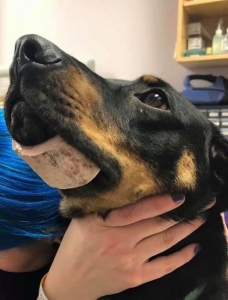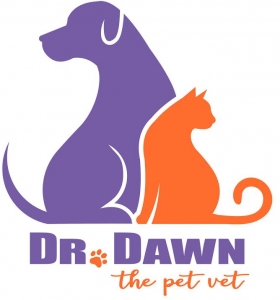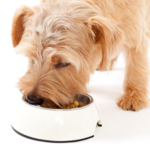In addition to practicing in small animal practices, I teach pet safety ,first aid , and CPR courses for dogs and cats at nearby community colleges and practices. Putting together my classes, I have come across lists of the most common toxins seen by a 24/7 Pet Poison Helpline (with a few of my own added). This list is limited to drugs and chemicals. Other items around the house, and foods, etc. will be listed in another post.
I thought it worthwhile mentioning them, in hopes that someone takes the step of safeguarding toxins to prevent inadvertent exposure or consumption by their beloved pet. Hope this is helpful…
Always contact your vet or a poison hotline when there is a chance of exposure. Time is of the essence. Keep a handy notecard with emergency numbers and addresses, if needed. Most pets will need some form of decontamination or detoxification to get the drug out of their system.
1. SSRI’s (selective serotonin re-uptake inhibitors). These are a drug class used to treat depression, such as Prozac, Paxil, Zoloft, Lexapro, Celexa). Some of these drugs are prescribed for pets for a wide array of behavioral problems. A host of side effects can ensue, including vomiting and seizures, if not treated.
2. Sleep aids, such as Ambien and Lunesta. While they result in sedation in humans, up to 40% of dogs develop the opposite signs, such as hyperactivity, panting, tremors. They can also act weak, depressed, or overheat, or have vomiting, or diarrhea.Treatment by a vet varies based on their signs.
3. Amphetamines. They come in legal (ADD/ADHD medication, weight loss)and illegal forms (eg. crystal meth). Clinical signs and treatment are similar to that of SSRI’s.
4. Topical toxins. One of the most dangerous is the anticancer drug 5-flourouracil (5-FU). Even tiny amounts can be very toxic. Cats fare even worse than dogs, with life threatening reports of gastrointestinal and central nervous signs, bone marrow suppression, and potentially death.
5. NSAIDS (non-steroidal anti-inflammatory drugs). These are over the counter (Advil, Aleve, cetain types of Motrin), or prescription meds(such as veterinary drugs Rimadyl, Deramaxx, Previcox). And don’t give Tylenol, especially not to cats. Signs can be from kidney failure, if overdosed, to gastrointestinal ulceration and bleeding, and in the case of Tylenol, blood damage and anemia.
6. Xylitol (natural, sugar free, sweetener).This is found in small quantities in certain fruit. It is often found in diabetic snacks, foods, baked goods, gums and candies.Higher doses can be toxic. It can result in dangerously low blood sugar and liver failure. You may see lethargy, weakness, vomiting, or collapse.
7. Batteries. Ingestion occurs quite frequently by dogs. You may notice it being swallowed, or find a chewed battery. When the battery casing is punctured, there is risk for alkaline or acidic material to leak out, causing severe ulceration to the mouth and tissues exposed. Also, newer types of “disc shaped” batteries can allow an electric current to pass to the tissues of the gastrointestinal tract as it passes through. They can even perforate the esophagus, stomach or small intestine. And, if remaining in the body for more than 2-3 days, it runs the risk of causing heavy metal toxicity. Seel immediate veterinary attention, as oral ulcers may not be evident for hours, and if you see black powdered material in the mouth.
8. Fire starter logs(eg. Duraflame). The logs themself pose more of a risk of foreign body obstruction after ingestion. Most are made of compressed sawdust and wax, which does not break down in the stomach.Some contain heavy metals. Depending on time of ingestion, you will be instructed on what to do. Sometimes, surgical removal is indicated.
9. Hydrocarbons. Examples include liquid fuels such as kerosene, engine oil, tiki-torch fluids, asphalt/roofing tar, etc. They are often referred to as “petroleum distillates”. Most important, DO NOT INDUCE VOMITING, as they are easily aspirated, and can cause lung damage. They can also injure the eyes if contacted. Typically, gastrointestinal irriation is not severe, but best to call an expert.

10. Bone or blood meal. These are by-products from the meatpacking industry, widely used as soil additives, fertilizer components, or as deer, rabbit, and wildlife repellants, often labeled as “Organic”. Large amounts ingested can congeal into a solid in the stomach and cause an obstruction. Pancreatitis can result, which is a severe, potentially life threatening medical condition.
Certainly there are many other toxins in a household, such as Gorilla Glue (bad, bad, bad if eaten), ethylene glycol (antifreeze), paint, etc. Try to keep them out of reach (from a pet’s perspective- cats can crawl onto high shelves that babies cannot reach!). And if you think there was exposure, call someone.
Dr. Dawn
Please share and subscribe here




